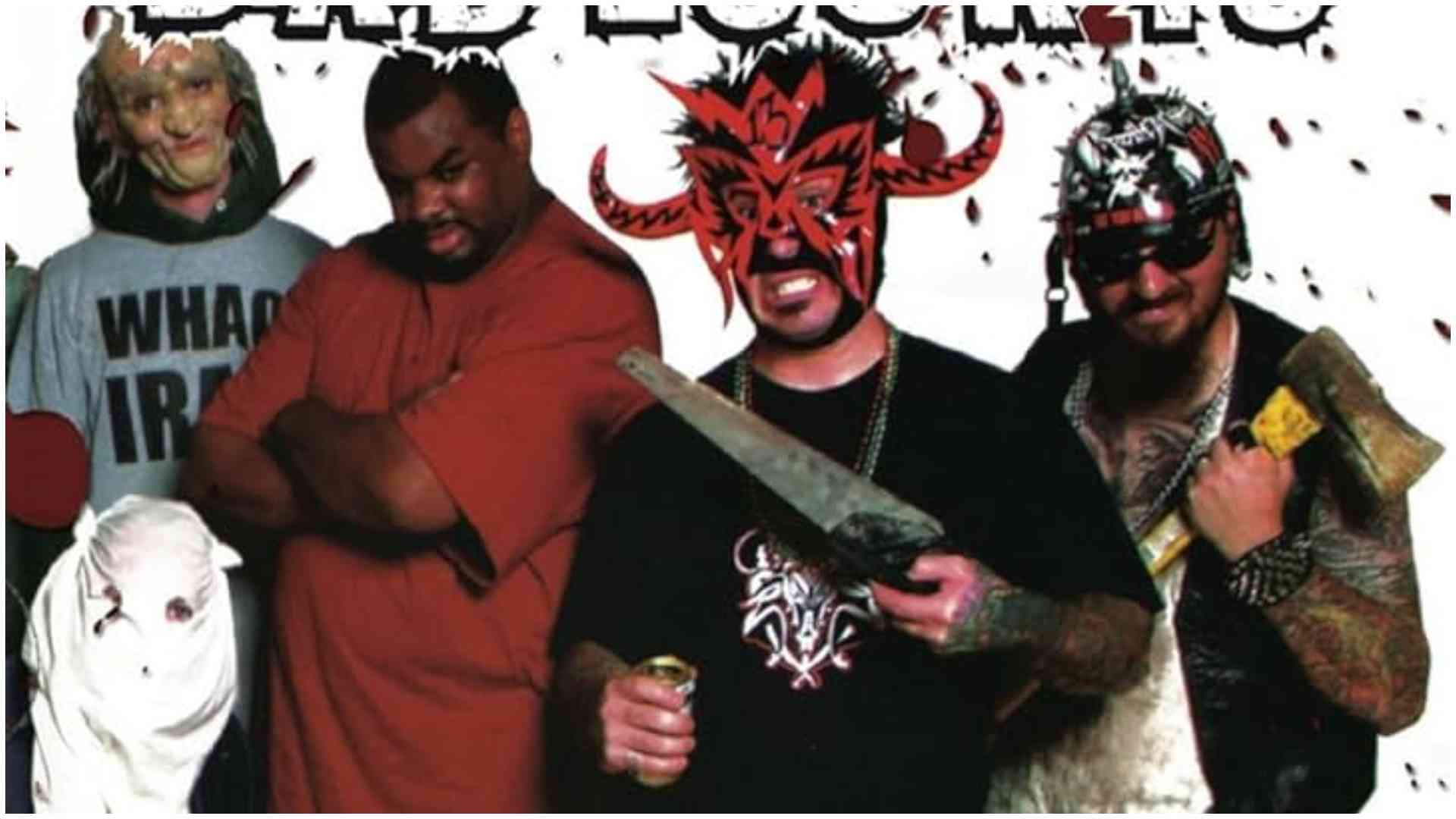Inside Rock’s Most Disturbing Bands and the Shocking Stories
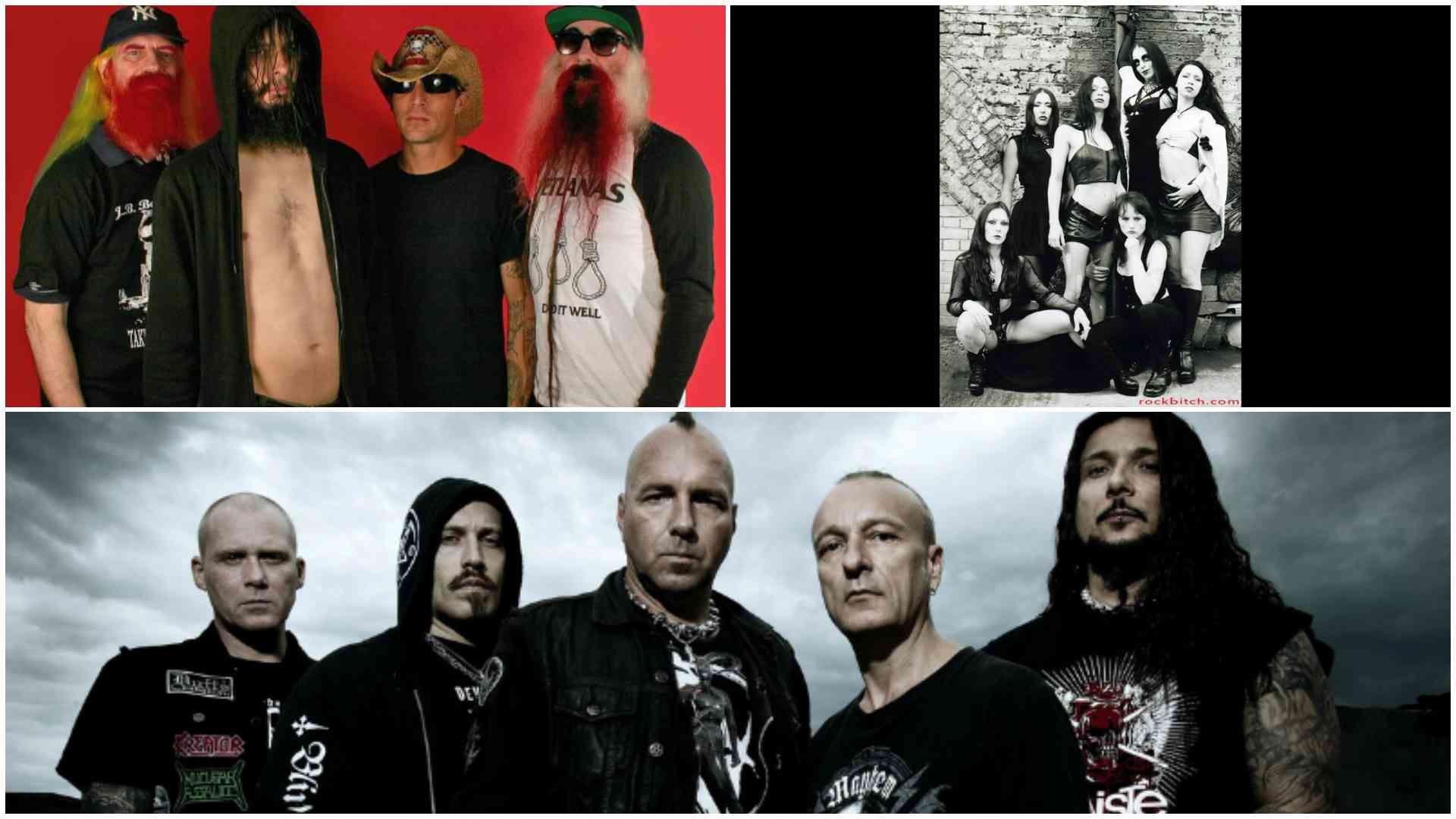
With October marking the peak of spooky season, it’s the time of year when everything dark, edgy, and unsettling takes center stage. While most people turn to horror films or eerie folklore to get their chills, the world of rock music has long carried its own sinister energy. Behind the noise, rebellion, and chaos, some bands have pushed performance art to extreme limits, where shock value meets genuine horror.
One such group was a British metal band infamous for crossing every boundary imaginable. They performed nude, mixing sexual acts and pagan rituals on stage without censorship. To make their performances more provocative, they projected disturbing art videos highlighting female genital mutilation, eating disorders, and menstruation taboos. Occasionally, they tossed condoms into the audience, and whoever caught one, male or female, was taken backstage for sexual acts with the band members. Their shows blurred the line between performance and depravity, leaving audiences divided between fascination and disgust.
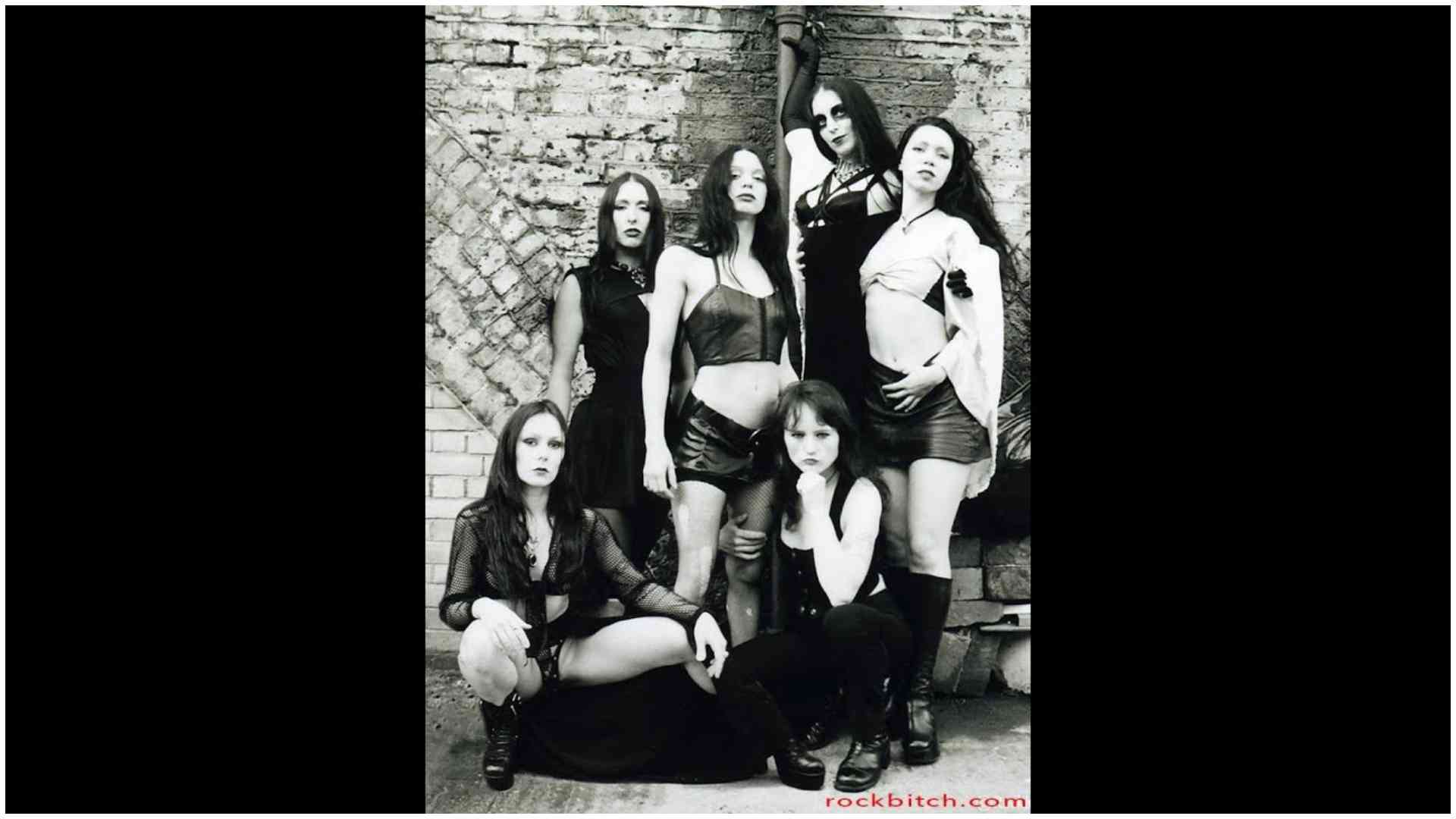
From across the Atlantic, Seattle’s NME took the chaos even further. Known as one of America’s earliest “extreme metal” bands, their legacy is as disturbing as their music. Frontman Kurt Struebing was convicted of murdering his own mother in 1986, dismembering her with a hatchet. After serving time, he astonishingly reformed the band, only to take his own life in 2005. His story remains one of rock’s darkest cautionary tales, a chilling reminder of when art and personal demons fatally collide.
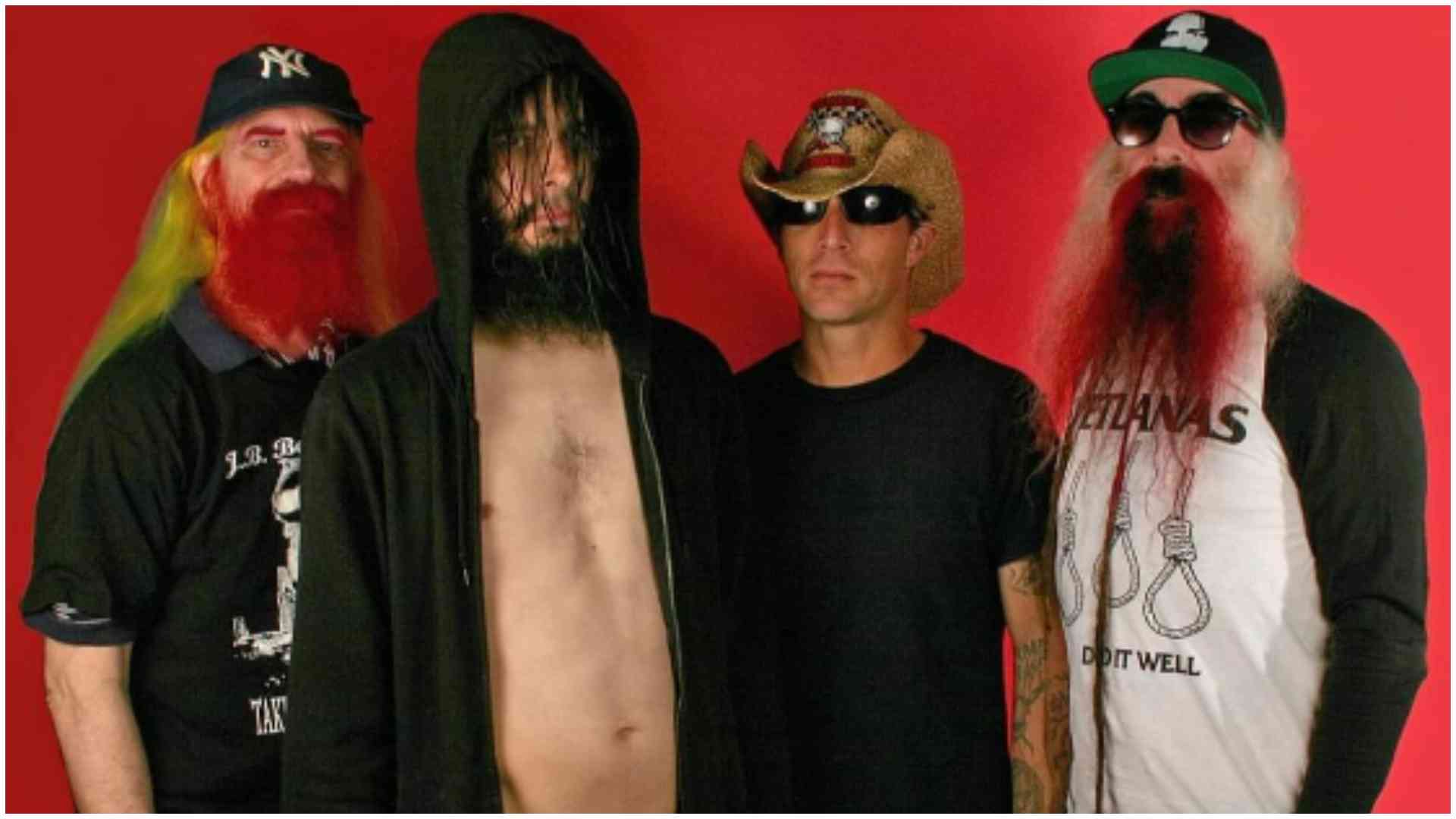
Then came the Murder Junkies, a band that turned depravity into a spectacle. Their drummer, Dino, was known for performing completely naked, while their infamous frontman, GG Allin, became a symbol of rock’s most extreme rebellion. Allin regularly stripped naked on stage, defecated, and hurled his feces into the crowd. His performances were violent, unpredictable, and often shut down by police. Before his death, Allin promised to end his life live on stage. That never happened. Instead, after one chaotic performance, covered in blood and excrement, he left for a friend’s apartment and died of a heroin overdose. True to his wishes, he was buried unwashed, still covered in the remnants of his final show.
Norway’s Mayhem brought an entirely different brand of horror to black metal. Their music glorified violence, suicide, and Satanism, but it was their real-life actions that etched their names into infamy. In 1991, vocalist Per “Dead” Ohlin took his own life. When guitarist Oystein “Euronymous” Aarseth discovered the body, he chose not to alert authorities immediately. Instead, he took pieces of Dead’s skull and brain, sending fragments to other musicians as a grotesque token. Rumors circulated that he cooked parts of the brain in a stew and made jewelry from the skull. The band’s story turned even darker when Euronymous was murdered two years later by bandmate Varg Vikernes, who was later convicted and sentenced to 21 years in prison for both the killing and a series of church burnings.
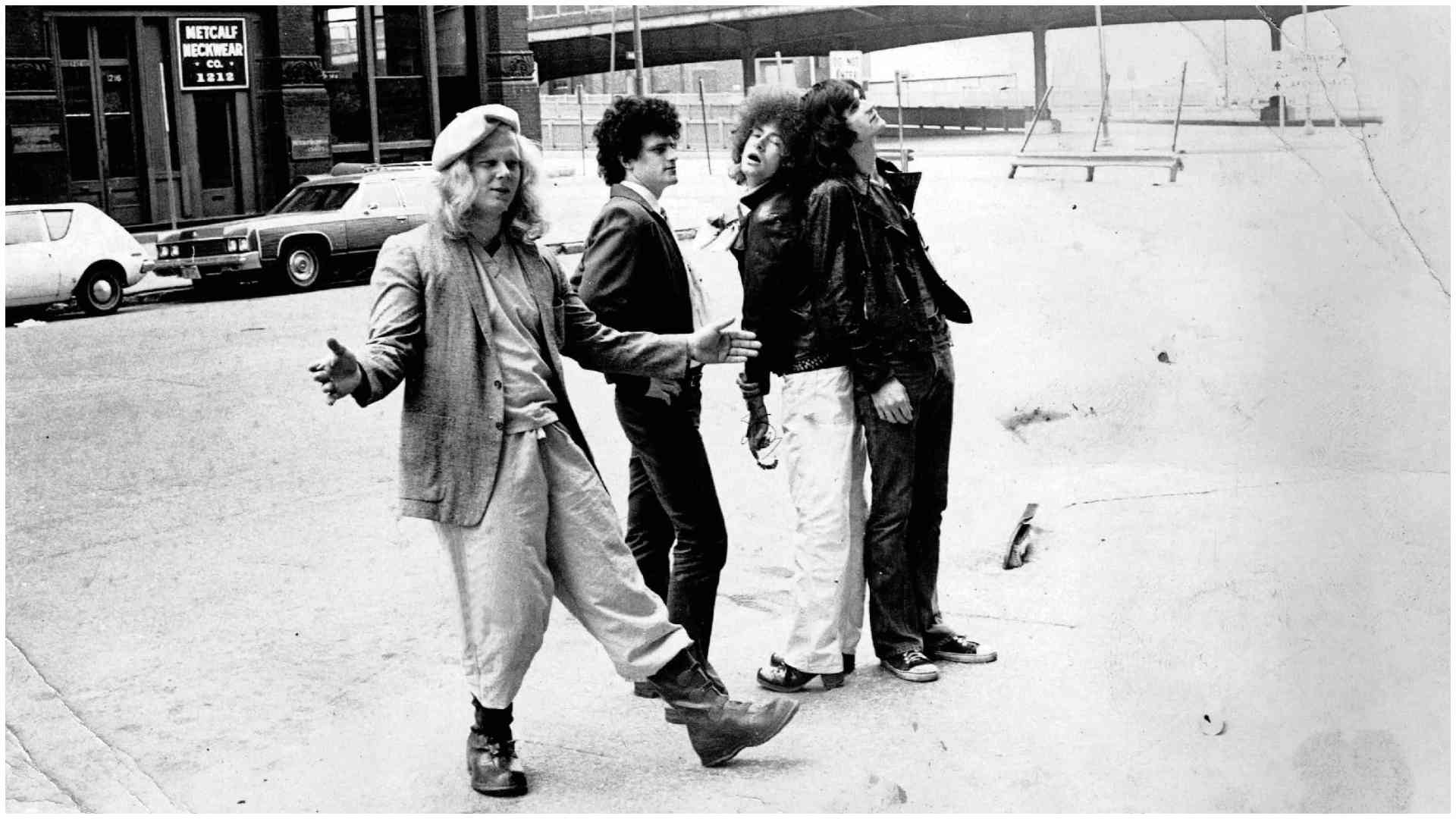
Even bands that didn’t reach the same level of infamy flirted with chaos. The Electric Eels, a proto-punk band from the 1970s, were notorious for violent live shows that often ended with fights between the band, the crowd, or club owners. Guitarist John Morton would sometimes bring chainsaws and lawnmowers on stage, using them as sound effects in performances that felt more like riots than concerts. Their sets were short-lived, and despite lasting only three years without releasing an album, their reputation for mayhem survived long after the music stopped.
Bad Luck 13 Riot Extravaganza, a hardcore metal collective from Philadelphia, kept that chaotic legacy alive in the 1990s and 2000s. With thirteen members, their concerts were more like organized brawls than musical events. They beat themselves and their audiences bloody, set off fireworks, and wielded sawblades mid-performance. One show even featured a jar of live bees being smashed open and rotting animal carcasses hurled into the crowd.
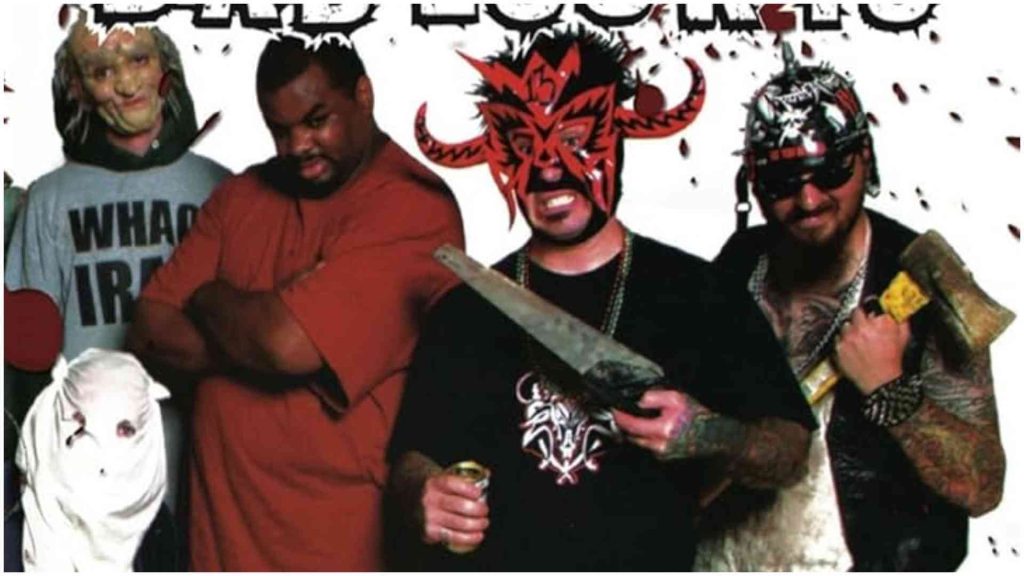
These stories prove that for some rock bands, the stage wasn’t just a platform for music; it was a battleground of rebellion, pain, and chaos. Their actions sparked outrage, fear, and fascination in equal measure, challenging the boundaries of what art could be. While most artists used performance to provoke thought, these bands used it to confront audiences with humanity’s darkest instincts.
By Risper Akinyi


